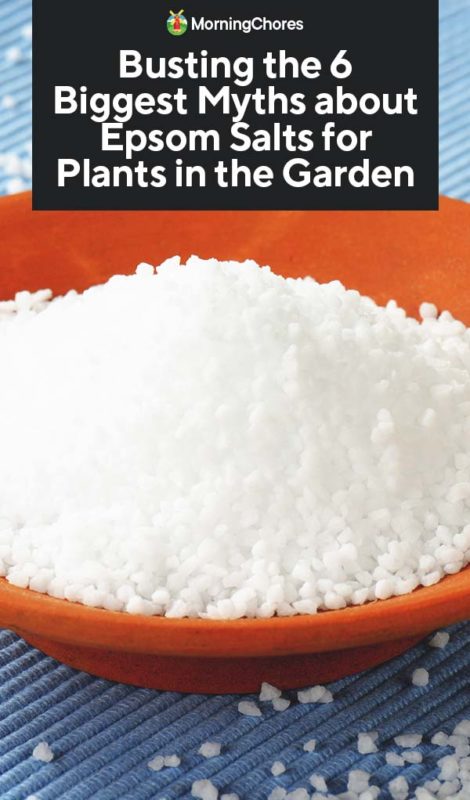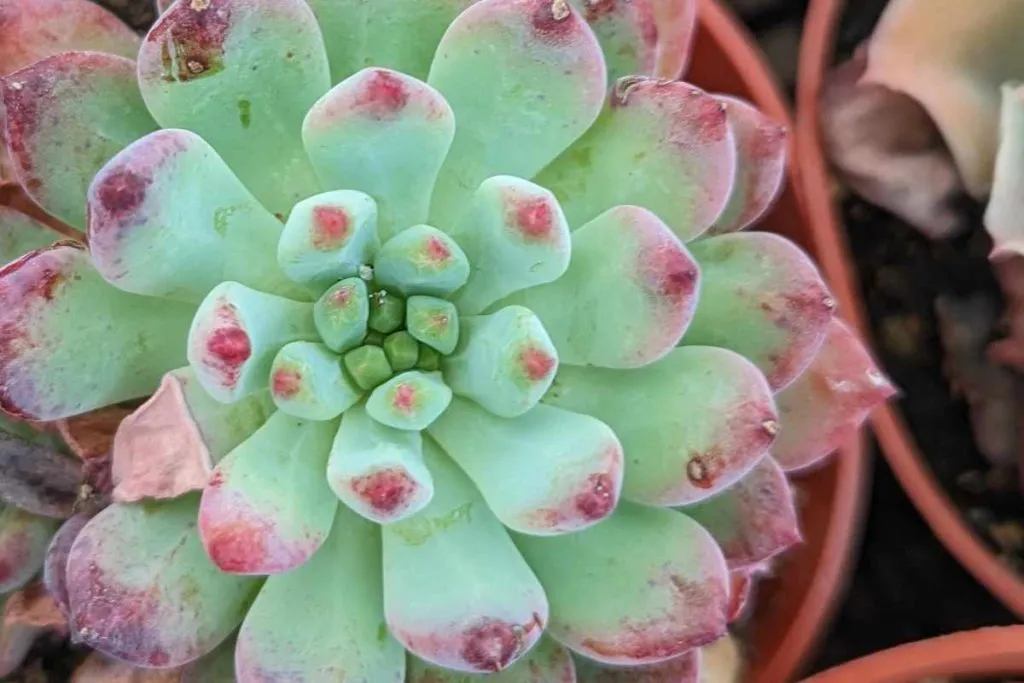Learn More About the Specific Plants That Are Detrimentally Affected by Epsom Salt Application
Epsom salt, a preferred home solution for various gardening concerns, is commonly commended for its beneficial effects on plant development. However, not all plants respond favorably to its application. Comprehending the details plants that can be adversely influenced by Epsom salt is essential for any type of garden enthusiast aiming to optimize their plant care routine. Roses, tomatoes, azaleas, rhododendrons, and peppers are just a few examples of plants that may not react well to Epsom salt. The factors behind these adverse effects and how to mitigate them are vital understanding for preserving a prospering garden.
Roses

Roses, particularly sensitive to modifications in their setting, can be adversely influenced by the application of Epsom salt. While Epsom salt is generally made use of as a fertilizer to advertise plant growth and enhance blooming, roses are just one of the plants that do not react well to its application. The high magnesium material in Epsom salt can hinder the uptake of various other crucial nutrients by the rose plants, bring about deficiencies that manifest as yellowing fallen leaves or stunted growth.
:max_bytes(150000):strip_icc()/GettyImages-1317990269-f9c37b77324f4095b1916657ff7b26fb.jpg)
Tomatoes
Tomatoes, known for their flexibility in culinary applications, can show negative impacts when revealed to Epsom salt because of their details nutrient needs. While Epsom salt is typically proclaimed as a remedy for various plant issues, including blossom end rot in tomatoes, its application can bring about harmful results if not used carefully. Tomatoes are hefty feeders that require a balanced intake of nutrients, especially calcium, to thrive. Excessive Epsom salt, which is magnesium sulfate, can interrupt the fragile nutrient equilibrium required by tomatoes, possibly bring about shortages in other important nutrients like calcium. This discrepancy may manifest in signs such as stunted development, yellowing fallen leaves, or perhaps lowered fruit manufacturing in tomatoes. As a result, when taking into consideration the usage of Epsom salt on tomatoes, it is crucial to stick to suggested application rates and dirt screening to stop unintended consequences on the overall wellness and productivity of these beloved garden plants.
Peppers
Peppers, admired for their various shades and levels of spiciness, can show vulnerability to negative effects from Epsom salt when not used with care and factor to consider for their particular dietary requirements. what plants don't like epsom salt. Peppers, belonging to the Solanaceae household, call for a delicate equilibrium of nutrients to prosper. While Epsom salt is known to enhance magnesium degrees in anchor plants, extreme application can interrupt this balance, leading to negative results on pepper plants
When peppers are revealed to high levels of magnesium from Epsom salt, it can disrupt the plant's ability to soak up other crucial nutrients like calcium and potassium. This inequality may show up in symptoms such as fallen leave staining, stunted growth, and reduced fruit manufacturing. Furthermore, the too much magnesium can alter the soil pH, more worsening nutrient uptake problems for peppers.

Rhododendrons
Provided the level of sensitivity of particular plant species to imbalances created by Epsom salt, it is important to think about the effect on Rhododendrons, which additionally call for specific nutrient levels to prosper. Rhododendrons are acid-loving plants that favor acidic dirt problems with a pH array in between 4.5 and 6.0. Epsom salt, chemically referred to as magnesium sulfate, can change the dirt pH and interfere with the fragile equilibrium of nutrients crucial for Rhododendron health.

To maintain the ideal development and health and wellness of Rhododendrons, it is essential to avoid the unplanned use Epsom salt and rather concentrate on supplying the particular acidic dirt problems and nutrients that these plants require for prospering.
Azaleas
These preferred flowering plants are usually located in landscapes, parks, and gardens due to their appeal and convenience. While Epsom salt is typically made use of as a treatment for magnesium shortage in plants, its application to azaleas can have negative effects.
When Epsom salt is applied to azaleas, it can modify the dirt pH, making it extra acidic. Azaleas like somewhat acidic dirt problems, and an extra of magnesium from Epsom salt can disrupt this balance, leading to nutrient imbalances and potential poisoning concerns. The incorrect application of Epsom salt can result in stunted development, yellowing of fallen leaves, and total decline in the health and wellness of azaleas. As a result, it is essential to be careful when thinking about using Epsom salt on azaleas to stop any kind of negative effects on these fragile ornamental shrubs.
Verdict
In conclusion, it is very important to be familiar with the details plants that can be negatively affected by the application of Epsom salt. Roses, tomatoes, peppers, rhododendrons, and azaleas are some examples of plants that might not benefit from Epsom salt and might also suffer harm. It is vital to research study and recognize the needs of each plant types prior to using Epsom salt as a fertilizer to guarantee their internet health and wellness and health.
Understanding the particular plants that can be detrimentally influenced by Epsom salt is essential for any type of gardener looking to enhance their plant treatment regimen. While Epsom salt is commonly utilized as a fertilizer to advertise plant development and enhance blooming, roses are one of the plants that do not react well to its application.Excessive use of Epsom salt can also result in a build-up of salts in the soil, leading to root damage and dehydration of the rose plants. While Epsom salt is understood to boost magnesium levels in plants, excessive application can disrupt this balance, leading to negative results on pepper plants.
The high salt web content in Epsom salt can likewise dry out Rhododendron origins, triggering additional stress and anxiety and damages to the plant. (what plants don't like epsom salt)